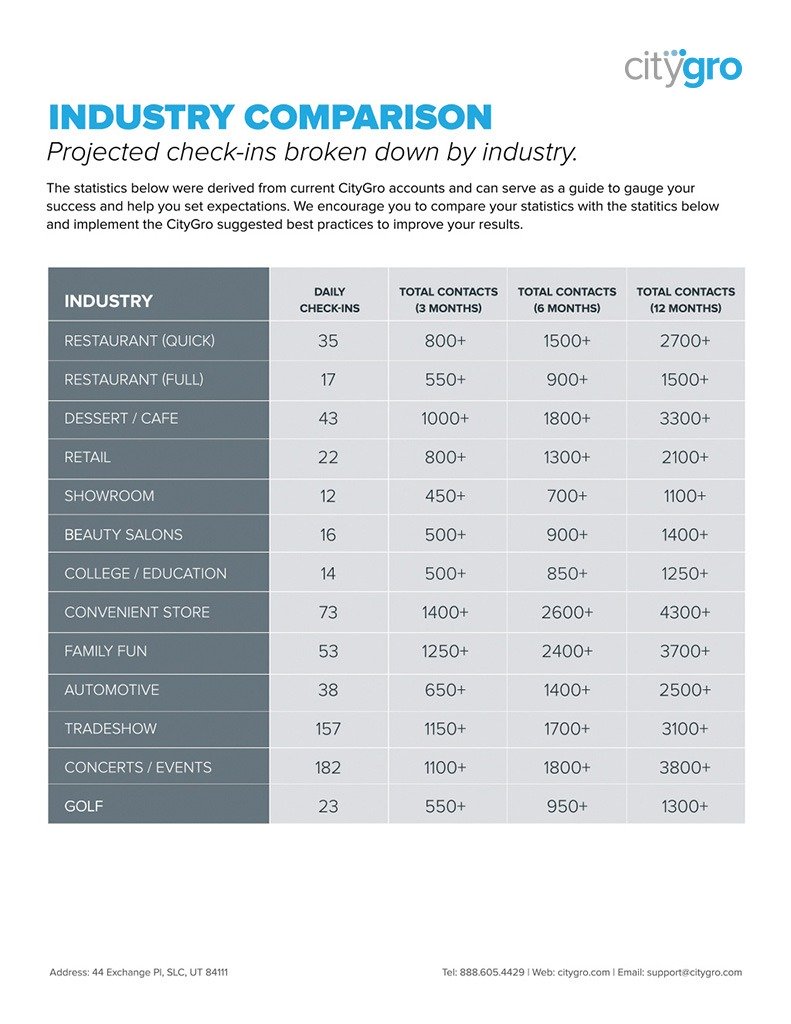Digital Loyalty Systems 101
Transcript:
Alright, I think we’re back here live with CityGro. We had some technical difficulties this morning, but I’m Jon and, we’ve got Eric from our sales team with us here today to. How are you doing?
I’m doing great.
Awesome. So you’re talking about loyalty today?
Yes, we are.
Loyalty’s a common subject and it sometimes feels like we talked about it a lot, but there’s a lot of different aspects to loyalty that we do here. CityGro and, and it’s, it’s a large part of our strategy too to collect, communicate and, convert with people. So let’s, let’s start right? Just at awe at the top with why is loyalty is so important in kind of our ecosystem.
So in our ecosystem, so specifically with that, one of the biggest reasons loyalty’s important is it’s the perfect excuse to gather customer data. So you kind of talked about, you know, our cycle of collect, communicate, convert. Loyalty is that first aspect it’s the reason behind collecting information or gathering customer information. So it really acts as an excuse to get information from customer.
So, so with that said, let’s back up to traditional loyalty program. I want to hear maybe a few. So you talked to hundreds of people every week. I want to hear about what they’re doing for traditional loyalty systems without knowing up like a digital platform like us or do you what, what are they doing?
So there’s a couple of different options out there. Kind of the age old approach. Loyalty has been the paper punch card, right?
And break that down for me. Why does the paper punch card work and what’s kind of the most common versions?
So it convenient and simple. It’s a low cost. I mean basically it’s a card. Traditionally it’s something like come in 10 times, get a free whatever it is. You don’t have to restaurant a free meal or whatever. Um, so really simple customers come in, they hand their card to the employee, they stamp it every time they come in and then after so many times they exchange that card for whatever the business is giving away.
So the goal is to get back as many times as you can give a reward for coming in.
Yeah. You know, honestly kind of the, I guess theory or mindset behind it has been it’s real estate that the customer puts in their wallet and whether they have with them. Right? And so it’s something that they can carry around in hopes that reminds customers to go back to that business and I know they’re cycling through their wallet or their purse or their car, wherever they keep them, they see it and they think, oh, I should go back
You know, it’s, it’s kind of funny how the same strategies and philosophies and carry through to a lot of the digital practices we do today because it really comes down to top of mind awareness.
Absolutely.
And if I’ve seen like the real estate in your wallet, if I’ve seen that card 10 times the chances when I’m hungry, and I know it’s not just restaurants to do cards, but the chance of me visiting a business where I’ve seen that ten times, it just comes top of mind or than other business mind.
And it’s just a different way of doing that. Top of mind awareness. So you know, we talked about the real estate will get into a little bit more, but text messaging that can be that top of mind awareness as well, you know, different things there to keep that top of mind. So that’s kind of the age old punch card is probably the most common.
There are other ways. I’m kind of grassroots ways of doing loyalty programs. A fishbowl drop your business card in to sign up for rewards or enter for your chance to win.
And that’s fairly common as well.
Ok. So you can sign up there. So I kind of looked at this evolution of, of, digital loyalty from loyalty cards and things like that. What are kind of the next steps closer to a digital program. So you have your traditional loyalty card which doesn’t give you any contact data, hopefully since sends your business home with them in their wallets. What have people done to take that next step to try to get more digitized and what are the benefits of going digital?
So yeah, kind of the next step to put data behind the loyalty program. That’s kind of the key point to this is putting data behind loyalty, besides just traditional rewards. I’m one of the most common with us is kiosks that kind of takes it to that next step of going digital. So it’s still a very similar concept, you know, come in 10 times, get a free meal or whatever it is. It’s just a digital way of doing that. And so now customers, instead of having a card and they stamp it, they put in their phone number on an iPad, it helps the business gather some of that data and takes that program to digital form.
So would this be the equivalent of. So I’ve seen cards that they’ve given you. A lot of times there’s still paper and say go online and register those. That’s probably how often they work.
It’s common either paper card or a swipe card so they give it to you, but you have to register it online so you’re still getting some data. But there’s a few barriers or extra steps, the business or the customers. So go online and register. The same could be said with um, with receipts, at the bottom of the receipt, it says go online to register at a sign up for the rewards program. So there are some different ways to pick ups.
So it seems like that was a transitional phase where there’s still a lot of businesses use that to push you to go somewhere. I don’t know stats on that, but I do know of a case study stats from a case study that we did talked about this before, but we brought up the,, the ion case study where that was there. They’re trying to get you to go register online with a local one that we worked with and what we were seeing is right around a one, one to two percent registration rate among people who had the card and had to take it online.
So pretty, pretty minimal,
Pretty minimal. I mean it’s just a tough challenge to get somebody out of their flow, which is why we’re so big on what can we do while you’re at the location to get that data?
More of that onsite registration, that’s when you get the best results. But the way I look at it as, the more barriers you can remove or more steps you can remove for the customer, the more success you’re going to see with it. So like you said, that is a step towards digital, but it still has some of those barriers that, that bring low engagement or decrease engagement.
What are some strategies. So you, that you just mentioned the channel being onsite, the way that physically sign up is onsite. What about, um, what have you seen in the way of rewards being onsite? Like,, and I’m talking about maybe the difference between, um, go home, sign up online and later you can get a reward on your next visit versus like you can get it today.
So I think it’s human nature to want immediate gratification like the, if we don’t, we don’t have patients, especially in today’s Day and age. And so that immediate gratification, that reward onsite makes a huge difference. Um, so part of what we kind of trained on with, with businesses using our system is there’s ways to get more engagement with your loyalty. That’s one of the first points is give something away onsite for them signing up. Now there’s other things like employee engagement, placement of different things, but that makes a huge impact on how you can
Do any come to mind as things that have worked or promotions that might not be., I mean, because you don’t want to give away somebody comes in, they already come in, they’re ready to pay you money, you know what I’m saying? Don’t worry about it till you’re free if you sign up.
Yeah. And that’s the thing. A lot of times you get in this mindset, oh, I forgot to give away a full free meal to get that stuff. But really what we found is you don’t have to give away that much to get, to incentivize people to join.
Because really they’re already there.
They’re already there. It’s just an add on or something simple that you can get. A lot of times we make recommendations like a free drink. If we’re talking restaurants, a free drink for signing up or, you know, a free appetizer, just something very minimal that doesn’t, it doesn’t cost the business a lot to give away a free drink
And it might even be something that you looked at your business and you’d say, well most people don’t do it anyway, but maybe if they knew about this drink or this dessert or something that they might not have been thinking about any way next time they’ll order more because now they love it and they realize. I mean that’s the kind of thoughts.
I think that’s great insight. You know, if there’s certain pieces you’re trying to promote, it’s a low cost. Maybe use that as a sign up incentive to hopefully to incentivize people to buy that often.
I think it makes a significant difference having that on the spot. Like you said, we’d have to get things later in life. We want it know
You need it now. That’s where you see the most success at least with people. So.
Yeah, and if you’re a service business in some aspects that even gets easier to do this because you have some, a lot of add on services I even seen. So my mind goes back to,, it was actually a concert hall. They would have, it was an event show or an event center and what they would do is they would go down to Sam’s club or Costco and just buy buckets of water or a batches of water bottles. I think they broke it down when I, when I was talking to him that it costs them like eleven cents per water bottle when they’re buying the huge same generic brands and they wouldn’t have people. Anyone that signed up about a free water bottle, and I just started thinking about this is pretty genius in context. You’re already there, you’re hot, you’re sweaty, everyone’s. And so they just have people signing up left and right. Every broken their numbers and they would capture hundreds of people a night just from that extra sign up.
So one of our clients is a trampoline park. The exact same thing. It’s sign up for the rewards. Get a free water bottle because same concept, you’re there, you’re going to get sweaty, you’re going to get tired and so incentivize them with free water.
It’s smart in context. And then back to your point earlier that being already at, at the play, at the location of the business, it takes a lot more to get me off the couch in my car. Drive to your location. So like if you just say, you know, free water bottle, if you come in today, I’d be like, ah, I’ve got water in my fridge and drink it there. So you really gotta think of context to, because you might have to do more to get me out of the way versus I’m already there. I would probably do if you just asked me for it, but why not have a little incentive.
I have heard you mention this before as well, just kind of as an example, the whole idea of going to a bank and they asked you, do you want a piece of candy in the candy jar? Just the idea of someone giving you that invitation can almost be enough.
Otherwise. You just stare at the candy jar for somebody to invite you. Right? It’s that simple invitation. Absolutely.
Cool. OK. So, um, so we’ve, we’ve talked about signing up channel, we’ve talked about the incentive. Let’s just briefly go over and kind of what you do now that you have all of that data. I mean you’ve done it. The part of the hardest, the hardest part of the whole retention strategy that we use and the collect, communicate, convert a lot of times is the collect. So let’s, let’s say we’ve done the collection part, we’ve maybe transitioned some of our loyalty cards into digital or we’re, we’re capturing that information now what.
So at that point you have to decide what kinds of rewards you’re going to do on an ongoing basis. Right? So we’ve talked about the initial incentive to sign up now how do you get them to keep coming back? So there’s a couple of components to that. There’s rewards and then with our system, the whole communication factors, how are you going to communicate and incentivize to come back?
So that just reminded me of it. So we talked about a couple of different ways of doing digital, we talked about the one time sign up digital, so there’s a big difference between that digital sign up versus a digital platform or having some kind of way to track at the time they come back and you might be getting into this but maybe touch base on that one.
So that’s a big part of what we do here at CityGro. So more than just the one time sign up. We’re actually tracking and incentivizing customers continue to come back. One of our flagship products that are probably already aware of is our iPad kiosk, right? Customers come in and they check in for rewards or reward, whatever that might be. A lot of times. So there’s a couple ways you can do it. You can do a visit based or dollar amount spent based. My recommendation is visit based in most scenarios primarily because it’s the simplest to implement and it shows customers are valuable just for coming to the business rather than you have to spend a bunch of money with me for what is.
And isn’t that some of the secret sauce behind the just the traditional punch card that will always work is it’s just easy.
Absolutely.
It’s a punch. You just punch it when they come in.
But there’s nothing complex about it. You just stamp it or punch it when they come in. And so we try and follow that as much as we can. Once again, there are some scenarios where dollar baseball sentence make sense, but, but yeah, finding out what those rewards are, I’m kind of a rule of thumb with the reward is generally 10 percent. So that’s why a lot of restaurants will do come in 10 times to get a free meal because it’s equivalent to about 10 percent.
That’s assuming everyone uses it as a lot of breakage happens that really tastes that 10 percent down to like five or even less percent for sure. So, so one study comes to mind and we read a blog post about this. We’ll try to remind them to put it in the notes of this one. But, if you remember, there was a kind of a fun study that’s just something to test with a loyalty program that was about a car wash and what they did is they took x amount of punch cards and they didn’t do a digital by the way, just with people and x amount of punch cards. And if they did, what you would normally do is just, you come in the first time he wants to punch or stamp. It’s either punch or stamp things. They took the same amount. So let’s say they did 500 that way, then they did another 500 and I want to say like 250, but they did the same amount. And what they did is the very first time you came in twice. And what they found is when they started off with an extra set. And the funny part is, is, so the first one did your tend to reward is free. The other just standard card did you get ten and then your 11th is free. So it’s actually the same amount of that suggestion. But they had a significant increase on the one that they double stamp first all because when you send somebody away with a card that is a little bit more value to it, the chances of them hanging on it are more in some way where we transition that and seeing some success and I don’t know if any of these come to mind is the ability to remind people, hey, you’re halfway there, keep coming or you’ve only got one more, one more punch that you need with a system that can like reach out to him and where you text or email only got one more that you need to come on in. So kind of an interesting study.
Yeah, that’s, I think the psychology behind that. Fascinating. Just seeing how, you know, what incentivizes people to come back. It’s interesting in that kind of touches on that second part. So ongoing incentives. The second part is the communication and how do you keep people coming in? Um, one thing you talked about was hey, you’re halfway there. Just different reminder messages which once you top of mind awareness, making sure they’re aware that how close they are trying to incentivize the other side is ongoing, like if they haven’t come back for 30 days or 60 days, just having that top of mind awareness, reaching out to those customers, just trying to pull them back into the business, um, with some type of incentive.
So, so, so just to sum up some of the, some, the notes that I’ve mentally taken from this conversation is first, whatever loyalty system you’re using, and hopefully this is insightful for non-CityGro users to, but whatever loyalty system you’re using or card you’re using, the first step is trying to get data from it. Phone number, email in the least, and then you can work on getting birthdays and things like that. The next step in transitioning to more of a digital loyalty system is now that you have that one time information. Somebody registered for your loyalty, try to track when they come in. Even if you’re not tethering it together with spending, you can still a track each visit, which would allow you to the campaigns that you talked about where you haven’t been in for so long or you have this many more until your to your rewards available. Does this flow sound, sound…
That’s perfect, so that flow. We kind of look at it as earlier referred to it as the retention marketing cycle. We’ve, we’ve kind of touched about it a little bit, collect the data and we’ve talked about some of the data points to collect.
We would love to hear about any studies that you guys are done. Just like the punch card that we referenced earlier just a few moments ago. That stuff is fascinating to us. I think it’d be fun to share something. You have something that, something like that. Send it our way. I’ll say that. We’ll see you next time. Thanks.
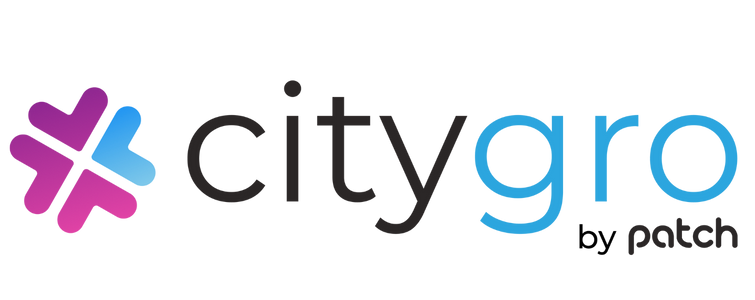

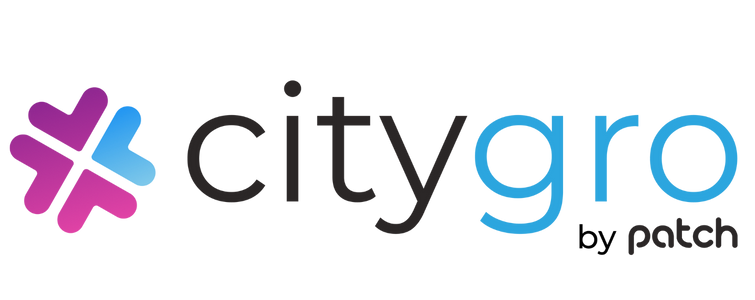


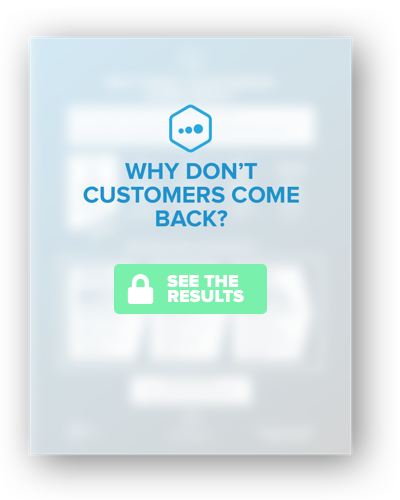
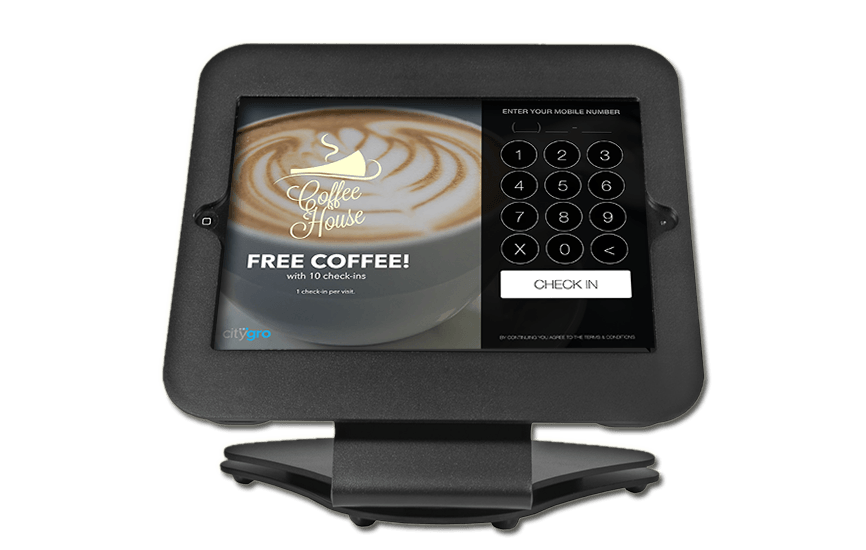 Get this section from Jon. Get this section from Jon. Get this section from Jon. Get this section from Jon. Get this section from Jon. Get this section from Jon. Get this section from Jon. Get this section from Jon. Get this section from Jon.
Get this section from Jon. Get this section from Jon. Get this section from Jon. Get this section from Jon. Get this section from Jon. Get this section from Jon. Get this section from Jon. Get this section from Jon. Get this section from Jon.
